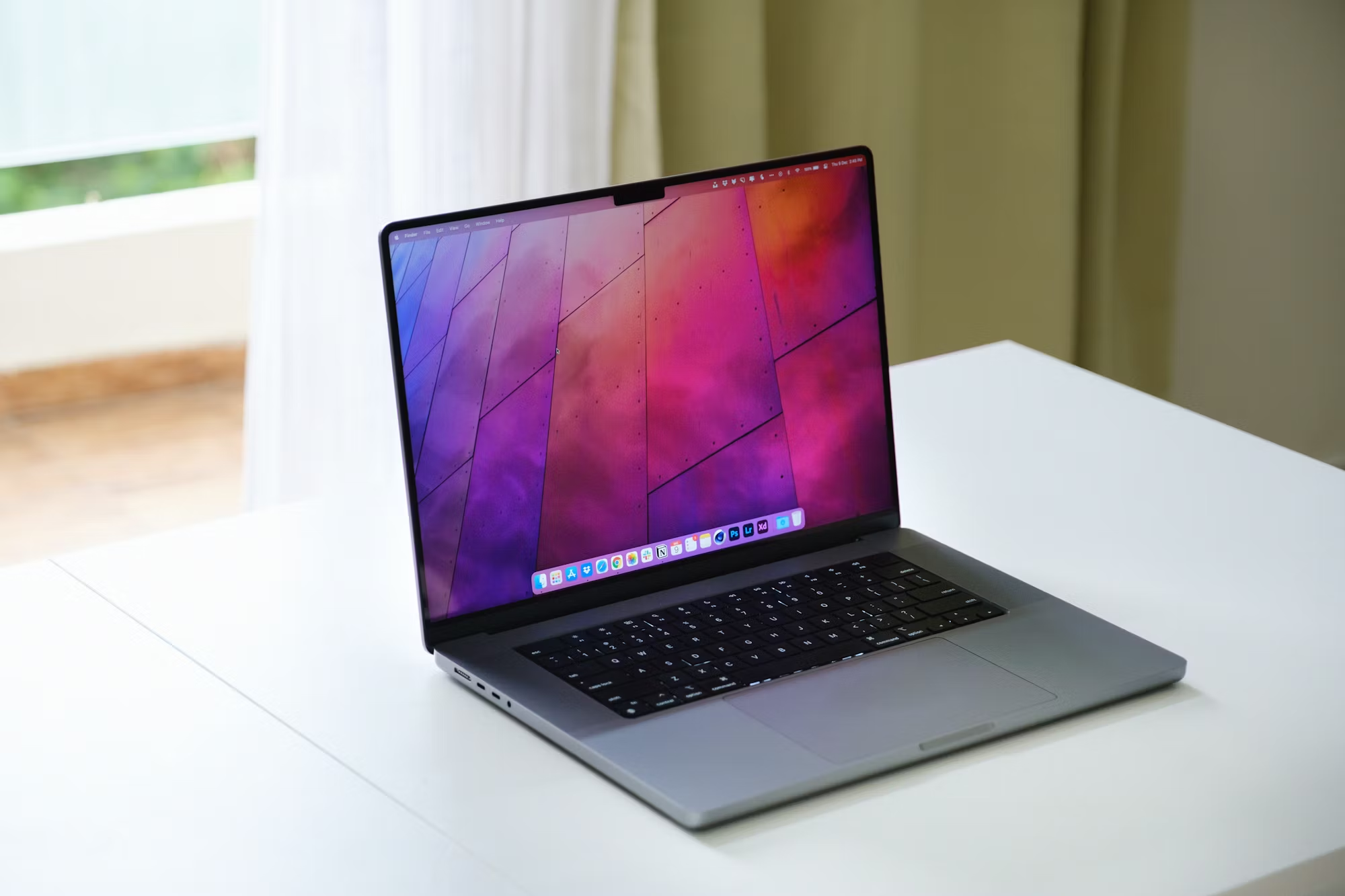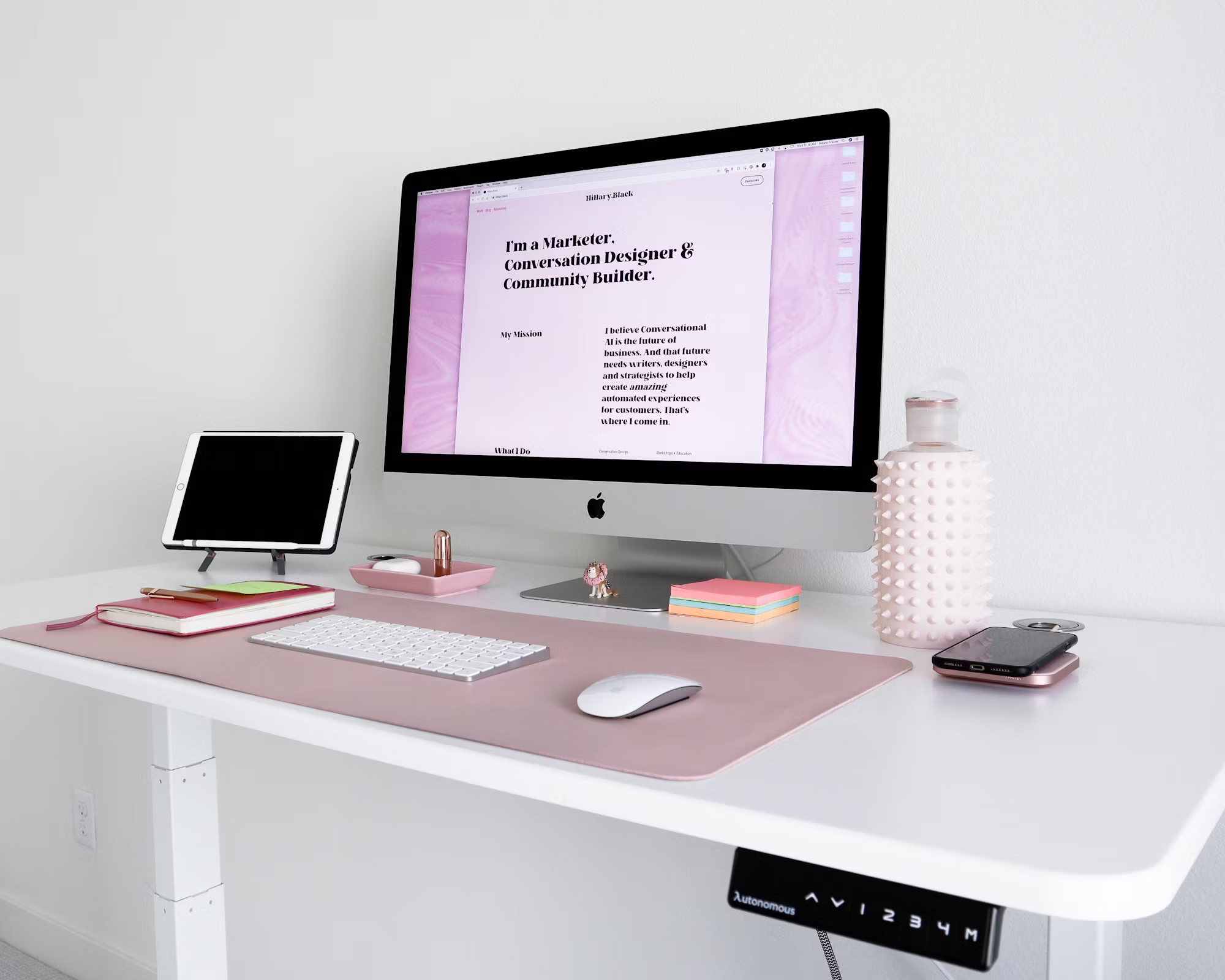In recent decades, educational environments have undergone a dramatic transformation. Classrooms that once featured rigid rows of traditional desks have given way to dynamic, flexible learning spaces designed to meet the evolving needs of students and teachers. A significant factor in this shift is the role of desk design. From the early days of school benches to the high-tech, ergonomic desks seen in modern classrooms, the evolution of desk design is directly linked to the changing pedagogical philosophies and the rise of new learning tools. This article explores how desk design is shaping education today and how it will continue to influence classrooms of the future.
The Evolution of Desk Design: A Journey Through Time
Desk design has evolved significantly over the centuries, reflecting not only advancements in materials and technology but also shifts in educational philosophy. In the early days of formal schooling, desks were simple, utilitarian pieces of furniture, often little more than benches or tables where students could sit and write. These desks were built for function, not comfort, with little attention given to student well-being.
By the 19th century, as education became more formalized and widespread, desks began to take on more individualized forms. The classic wooden desk with a seat and a storage compartment beneath became the standard. These early desks were designed for individual work and were often fixed in place in rows, facing forward toward a teacher’s desk. This setup supported the traditional model of education, where teachers imparted knowledge to passive students. While this arrangement served its purpose for many years, it did not support the growing need for interactive and collaborative learning.
In the mid-20th century, as educational philosophies began to evolve, so too did the design of classroom furniture. Desks became more mobile, modular, and adaptable to changing classroom dynamics. This flexibility allowed for collaborative learning environments where students could work together in groups, and desks could be rearranged to accommodate different teaching methods. The rise of technology in the latter part of the century also brought changes to desk design, as classrooms increasingly became spaces for digital learning.
Desk Design and the Shift Toward Flexible Learning Spaces
One of the most significant changes in education over the past few decades has been the move from traditional, teacher-centered instruction to more student-centered, collaborative learning models. Desks have played a key role in facilitating this shift. Today’s classrooms are designed to be flexible and adaptable, and the desks within them are no exception.
The traditional classroom layout, with rows of fixed desks facing forward, is increasingly being replaced by more flexible seating arrangements. In modern classrooms, desks are often arranged in clusters or circles, allowing students to collaborate and engage in discussions. These collaborative spaces promote active learning and teamwork, encouraging students to work together to solve problems, share ideas, and learn from one another.
Flexible desk designs are key to supporting this type of learning. Many modern desks are modular, meaning they can be easily rearranged to suit the needs of the class. Some desks have wheels or other features that allow them to be moved around the room, while others can be combined to create larger workstations or separated for individual tasks. The ability to adapt the classroom layout to suit different activities—whether it’s group work, individual study, or whole-class discussions—supports a more dynamic and interactive learning experience.
Technology Integration and the Impact on Desk Design
As technology continues to play a larger role in education, desk design must evolve to accommodate new tools and devices. In today’s classrooms, it’s not uncommon for students to use laptops, tablets, or smartphones as part of their daily learning experience. These devices require desks that are designed to support digital learning.
Many modern desks now come equipped with built-in power outlets and USB ports, allowing students to charge their devices during class. Some desks even feature built-in docking stations or integrated screens that make it easier for students to access digital content. The ability to charge and use devices at their desks helps keep students engaged and connected, enabling them to participate fully in the digital learning environment.
In addition to supporting digital tools, modern desks are also designed with technology integration in mind. For example, some desks have adjustable surfaces that allow students to switch between sitting and standing positions, which is particularly important as educators focus more on the benefits of movement and physical health. By integrating technology into the design of the desk itself, schools can create learning environments that better meet the needs of tech-savvy students and prepare them for a future that will likely continue to be shaped by digital technology.
Ergonomics: Promoting Student Well-Being Through Desk Design
As educators and designers become more aware of the importance of student well-being, the need for ergonomic desk designs has gained prominence. Ergonomics is the science of designing products and environments that optimize comfort and reduce physical strain, and in the context of education, this means creating desks that support healthy posture and reduce fatigue.
In traditional classroom settings, students often sat at desks that were too large or too small for their bodies, leading to discomfort and poor posture. In some cases, this contributed to long-term health issues, such as back pain and poor circulation. Today, however, ergonomic desk design focuses on promoting good posture and minimizing the physical strain that comes with sitting for extended periods.
Modern ergonomic desks are adjustable, allowing students to customize the height of their desk and chair to suit their body size and posture. Some desks even feature tilt mechanisms that enable students to angle their work surfaces for better wrist and arm positioning. These features help students maintain a comfortable and healthy posture, reducing the risk of developing musculoskeletal problems.
Ergonomically designed desks are especially important in today’s classrooms, where students are spending more time on digital devices. Prolonged screen time can exacerbate issues like eye strain and neck pain, but a well-designed desk can mitigate these effects by encouraging proper ergonomics. By prioritizing ergonomics in desk design, schools can support the overall health and well-being of their students, ensuring they remain comfortable and focused during their studies.
The Role of Desks in Remote Learning and Home Education
The rise of remote learning has brought new challenges and opportunities for desk design. As more students attend classes from home, the need for functional and comfortable home learning spaces has become more pressing. For many families, the dining table or a corner of the living room became the makeshift classroom during periods of online education. However, as remote learning continues to be a part of the educational landscape, it’s important to consider how home desks can support both productivity and well-being.
Home desks for remote learning need to strike a balance between compactness and functionality. In many homes, space is limited, and the desk must be designed to fit into smaller areas without sacrificing comfort or storage. Many families opt for desks that are both ergonomic and adjustable, allowing students to switch between sitting and standing positions. Additionally, desks with built-in storage solutions, such as drawers or shelves, can help keep learning materials organized and accessible.
As remote learning continues to grow, it’s likely that home desk designs will become even more specialized. For instance, desks with integrated screens or charging stations could become more common, enabling students to easily access digital content and keep their devices charged. Furthermore, as hybrid learning models become more prevalent, home desks may evolve to include features that support both in-person and remote learning, such as adjustable lighting and soundproofing.
Desks for Different Educational Stages: Tailoring Design for Growth
Desk design also varies significantly depending on the age and developmental stage of the student. For young children in preschool or early elementary school, desks are typically smaller, with rounded edges and colorful designs to engage and support the learning process. These desks are designed to be comfortable and safe, encouraging students to explore, learn, and interact with their peers.
As students progress to middle and high school, desks become larger and more focused on functionality. These desks are often designed to accommodate a range of learning tools, such as notebooks, textbooks, and digital devices. Adjustable height desks are particularly useful at this stage, as they allow for flexibility as students grow.
At the college level, desks are often designed to accommodate the more complex needs of adult learners. These desks are typically larger and more spacious, with features such as built-in outlets, ergonomic chairs, and larger work surfaces. College students often spend long hours studying, and desks that are both functional and comfortable are essential for supporting their academic success.
Conclusion: Designing Desks for the Future
As education continues to evolve, so too must the furniture that supports it. Desk design plays a critical role in shaping the learning environment, influencing everything from student comfort and productivity to collaboration and technology use. In the coming years, we can expect desk design to continue to evolve, driven by advances in technology, materials, and our understanding of how students learn best.
The future of educational desk design is one that emphasizes flexibility, comfort, and technology integration. From ergonomic desks that promote good posture to flexible, modular desks that support collaborative learning, desks will continue to be an essential tool in the educational experience. As schools and educators continue to prioritize student well-being and engagement, desk design will play an increasingly important role in shaping the classrooms of tomorrow.



